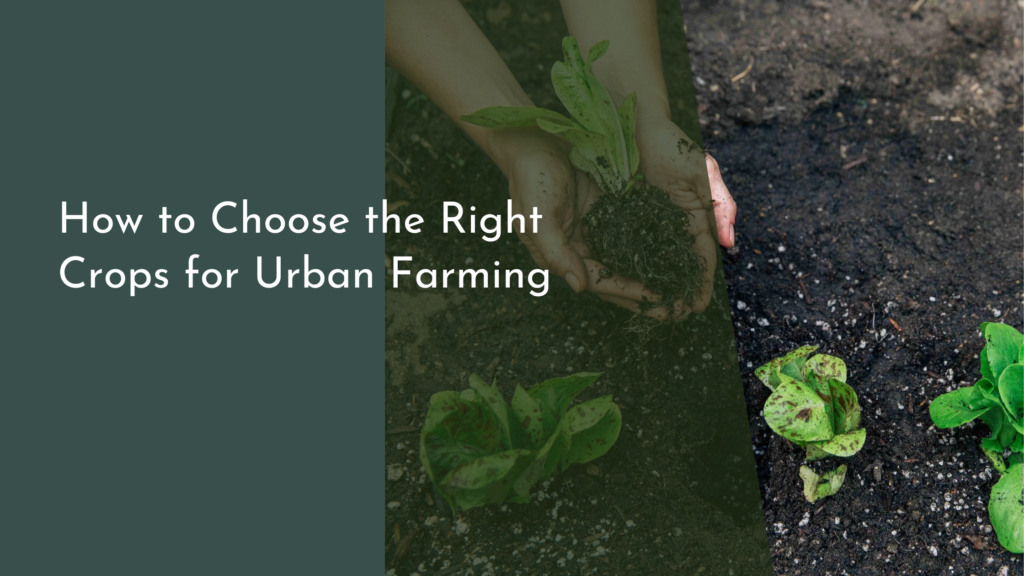Urban Forestry Solutions for Compact Cities
As cities continue to grow and evolve, the need for sustainable solutions to enhance urban living conditions becomes increasingly apparent. Urban forestry has emerged as a vital element in creating greener, more vibrant urban spaces, especially in compact cities where land is at a premium. By integrating trees and green spaces into the urban fabric, city planners and communities alike are discovering the multitude of benefits that urban forestry can offer. This article delves into the various aspects of urban forestry solutions tailored for compact cities, highlighting innovative techniques, community engagement, and inspiring success stories.
Exploring the Benefits of Urban Forestry in Compact Cities
Urban forestry provides a myriad of benefits that positively impact both the environment and the quality of life for city dwellers. Trees play a crucial role in improving air quality, reducing urban heat, and managing stormwater runoff. In compact cities, where concrete and asphalt dominate the landscape, the strategic placement of trees can significantly mitigate the urban heat island effect, leading to cooler temperatures and decreased energy costs for residents. Moreover, urban green spaces enhance biodiversity, providing habitat for wildlife and contributing to healthier ecosystems.
In addition to environmental benefits, urban forestry fosters social cohesion and well-being. Green spaces invite community interaction, offering areas for recreation, relaxation, and cultural events. Research shows that access to nature can improve mental health, reduce stress, and encourage physical activity among urban residents. By incorporating trees and green areas into the city’s design, compact cities can cultivate a sense of belonging and improve the overall quality of life for their inhabitants.
Innovative Tree Planting Techniques for Urban Spaces
To maximize the benefits of urban forestry in compact cities, innovative tree planting techniques have emerged, enabling successful integration into limited spaces. One such technique is the use of vertical gardens and green roofs, which not only provide aesthetic appeal but also enhance insulation, support biodiversity, and improve air quality. By leveraging walls and rooftops, cities can increase green cover without occupying valuable ground space, making them ideal for high-density areas.
Another effective approach is the implementation of tree pits and structural soil that allows for healthy root growth while minimizing risks to infrastructure. This method creates designated planting areas that can accommodate larger tree species, which provide more significant environmental benefits. Additionally, mobile tree planters and community tree nurseries encourage local involvement and increase tree survival rates by allowing residents to take part in the planting and care process. These innovative techniques demonstrate that with creativity and foresight, urban forestry can thrive even in the most compact urban landscapes.
Engaging Communities in Urban Forest Stewardship Efforts
Community engagement is essential for the success of urban forestry initiatives. By involving residents in the planning and maintenance of green spaces, cities can foster a sense of ownership and responsibility towards their environment. Workshops, volunteer days, and educational programs can help residents learn about the importance of trees, proper care techniques, and the role of urban forests in climate resilience. Such initiatives not only cultivate stewardship but also promote community bonding through collective action.
Moreover, collaboration between city officials, non-profits, and local organizations can amplify the impact of urban forestry efforts. By forming partnerships, cities can access resources, expertise, and funding that can enhance tree planting and maintenance programs. Engaging the community in decision-making processes also ensures that urban forestry initiatives reflect the unique needs and values of residents. Ultimately, a united approach to urban forest stewardship helps cultivate a vibrant, green culture within compact cities.
Success Stories: Urban Forestry Transforming City Landscapes
Across the globe, numerous cities have successfully embraced urban forestry, showcasing transformative results in compact environments. For example, New York City’s MillionTreesNYC initiative has significantly increased the city’s tree canopy, improving air quality and aesthetics while actively involving residents in planting and caring for new trees. The program has not only beautified neighborhoods but has also enhanced community engagement and environmental education, proving that ambitious urban forestry projects can thrive in densely populated areas.
Another inspiring success story is in Singapore, where the government launched the “City in a Garden” initiative, integrating greenery into urban planning. The city-state has transformed rooftops, balconies, and public spaces into lush and vibrant green areas, contributing to improved air quality and urban biodiversity. With a commitment to maintaining these green spaces, Singapore has set a global example of how thoughtful urban forestry can lead to sustainable, livable cities that prioritize both nature and urban living. These success stories demonstrate that with dedication and collaboration, compact cities can harness the power of urban forestry to enhance their landscapes and the lives of their residents.
In conclusion, urban forestry solutions present a promising pathway for compact cities looking to bolster sustainability, improve quality of life, and foster community engagement. Through innovative planting techniques and active community involvement, urban forests can flourish, providing essential environmental benefits while enhancing social well-being. As cities around the world continue to implement and expand their urban forestry initiatives, the potential for positive change is boundless. By embracing nature in the urban landscape, compact cities can create thriving ecosystems that benefit both residents and the environment, truly embodying the spirit of livability and sustainability.

